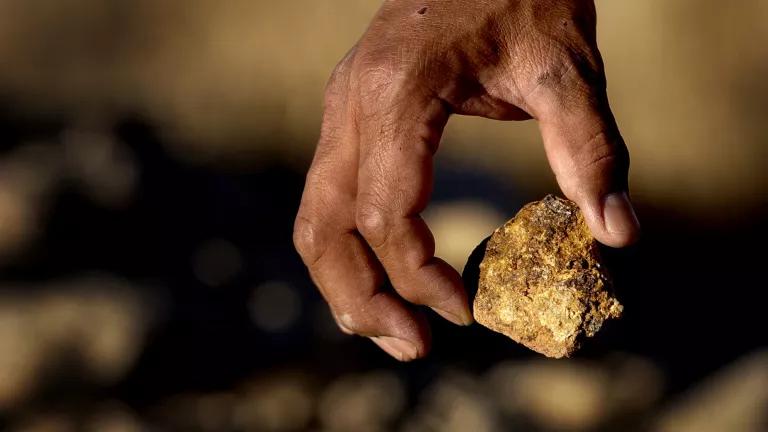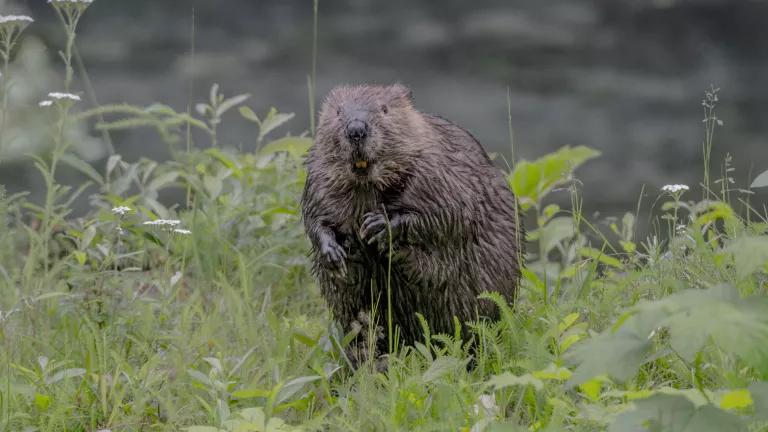New Rule Charts Conservation Path for Public Lands
The Bureau of Land Management has modernized the agency’s strategies for conserving water, wildlife, and other natural resources.
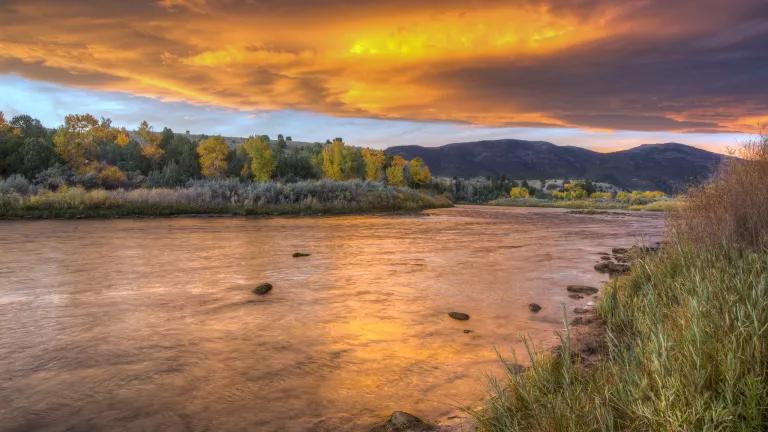
Sunset over the Green River in Utah
Bureau of Land Management
The Bureau of Land Management finalized the Public Lands Rule to help it achieve its multiple use mission and safeguard the health and resilience of the lands it manages by recognizing that conservation outcomes are required to be on an equal footing with other uses. The Bureau’s lands have long been utilized for grazing, timber, mining, and oil. But in passing the Federal Lands Policy Management Act of 1976 (FLPMA), Congress required the Bureau to manage its vast lands for additional conservation-focused uses, including—watersheds, fish and wildlife, recreation, and natural scenic values.
The rule has three main components: protecting intact healthy landscapes, restoring landscapes back to health, and ensuring decision-making is based on science and data. It recognizes the Bureau’s obligation to conserve clean water, fish and wildlife, and resource rich landscapes for generations to come. It is one of a handful of rules the Bureau has finalized this spring to modernize its management and position the agency to serve the American public in the 21st Century and beyond. To this end, the agency released a final rule modernizing how wind and solar projects are permitted and managed, helping to accelerate opportunities to deploy renewable energy at scale. Also, the Bureau’s oil and gas reform rule will operate in tandem with the recently adopted methane rule, creating an integrated agency framework to reduce the scope of lands offered for oil and gas leasing, while also implementing meaningful measures to reduce climate pollution.
Aligning land and water management to meet today’s pressing needs
From the California Coast to Montana’s Upper Missouri River Breaks National Monument, the Bureau manages some of the country’s most beloved lands and waters. These lands are the ancestral homelands of Tribal Nations and Indigenous peoples who continue to have intimate cultural connections to them. Countless communities rely on the Bureau’s 245 million acres to exercise, explore, and connect with nature—outdoor recreation on public lands generates $689 billion annually in consumer spending and supports 4.3 million jobs. And, increasingly, these lands are becoming a source for renewable energy that will power us into the future.
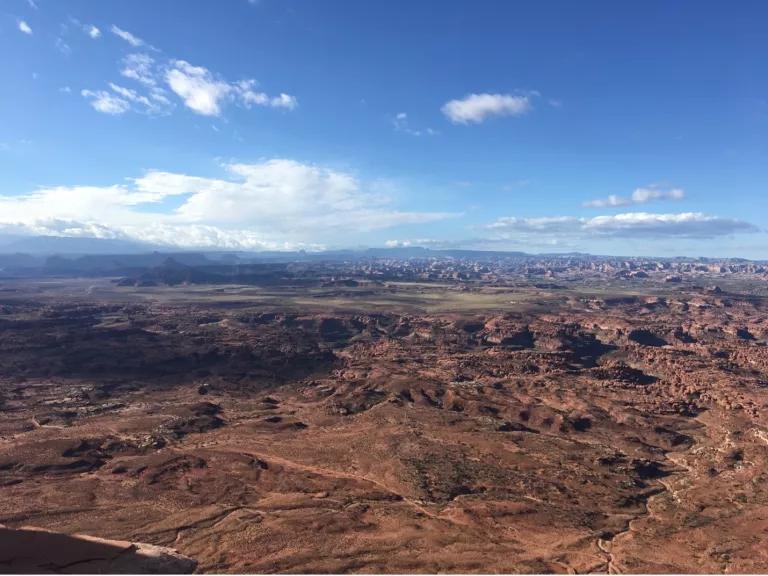
Bears Ears National Monument (UT)
Bobby McEnaney
Roughly one in ten Americans in the West depend on the lands managed by the Bureau to supply their drinking water, but many of these waters are in trouble. A sampling of the Bureau’s aquatic habitat shows that only 25 percent of its floodplain acres are healthy, active, and connected to rivers and streams. The Bureau’s own data indicate that one of every five acres it manages fails to meet its own land health standards. These standards, referred to as the “fundamentals of land health” focus on the health and functionality of watersheds, ecological processes, water quality, and wildlife habitat. Water scarcity is already a pressing issue across the West. The new rule will help build resilience on the Bureau's lands, something that is increasingly critical for people and wildlife as we adapt to climate change.
Although FLPMA directs the Bureau to manage its lands according to a “multiple use, sustained yield” framework, for the last several decades, the Bureau’s on-the-ground implementation of its mission has been unbalanced. Despite the ecological importance of its lands, nearly 90 percent of the Bureau's acres are open to oil and gas extraction, more than 60 percent are open to livestock grazing, and almost ten percent have active mining claims. In contrast, approximately ten percent of its lands are safeguarded from development. The Public Lands Rule will re-balance the scale and help the agency plan and manage for today’s needs as well as the long-term needs of future generations.
The Bureau outlines key provisions of the Public Lands Rule. Credit: BLM
Rebalancing the management scale
FLPMA’s multiple use mandate requires the Bureau to plan and manage for conservation-focused priorities, including watershed, fish and wildlife, scenic, scientific, and cultural values alongside other uses such as mining, grazing, and timber harvesting. Climate change, mega wildfires, drought, and the biodiversity crisis are all putting new pressures on the agency to shore up its internal processes so that it can fulfill its mission. The rule creates a framework to balance multiple uses in a way that best meets the present and future needs of the American people. Specifically, the rule:
- Provides clear direction to ensure the Bureau is appropriately managing important water, cultural, wildlife, and scenic resources and complying with Congress’s direction to prioritize protection and designation of Areas of Critical Environmental Concern.
- Requires the Bureau to identify priority landscapes—including wildlife habitat corridors and old growth forests—for protection and restoration, consistent with existing resource management plans and to prepare a restoration plan for those priority landscapes.
- Establishes restoration and mitigation leasing requirements to create new tools to improve the health of public lands and prevent degradation. These tools would be new to the Bureau but have been widely and successfully implemented on private lands.
- Applies the Bureau’s well-established fundamentals of land health to all Bureau lands and program areas to further the Bureau’s ability to protect healthy intact landscapes, restore degraded habitat, and help inform all decision-making.
- Promotes more equitable and informed decision-making by requiring meaningful consultation with Tribal Nations and using the best available science, including Indigenous Knowledge.
- Aims to advance opportunities for Tribal co-stewardship of public lands and environmental justice.
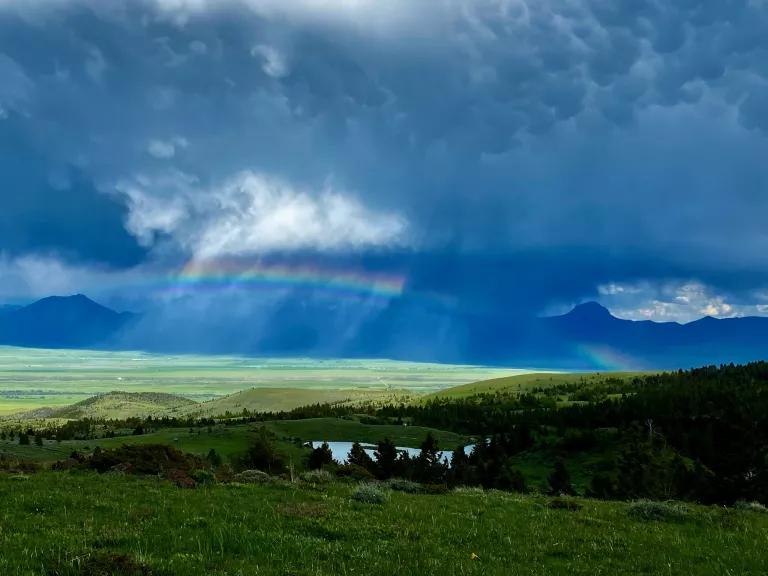
The Upper Missouri Restoration Landscape bridges the Greater Yellowstone and Crown of the Continent ecosystems. The Bureau of Land Management has prioritized restoring streams and native plants to benefit people and wildlife.
Bureau of Land Management
The Public Lands Rule has widespread support
The Public Lands Rule will help the Bureau advance land conservation outcomes widely supported by voters in the West. For example, 70 percent of Western voters want Congress to focus on ensuring our public lands protect sources of clean water, our air quality, and wildlife habitat while providing opportunities to visit and recreate. Also, 80 percent of Western voters support conserving 30 percent of land and inland waters by 2030, with overwhelming support across party lines. And, when the Bureau invited feedback on the rule last year, 92 percent of the comments encouraged the agency to adopt the Public Lands Rule as written or strengthen its conservation measures.
A better future for public lands
The Bureau is responsible for safeguarding many of the country's last intact landscapes, old growth forests, and most critical water resources. The new rule will help the agency balance the complex and varied needs of all public land users. As we confront climate change, biodiversity loss, drought, and wildfire across the West, the rule provides a framework to put our public lands to work—not just for industry, but also for watersheds, wildlife, and healthy communities.



